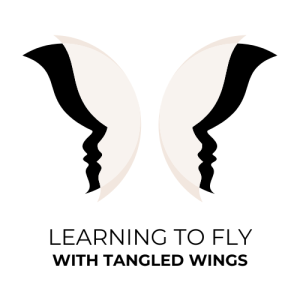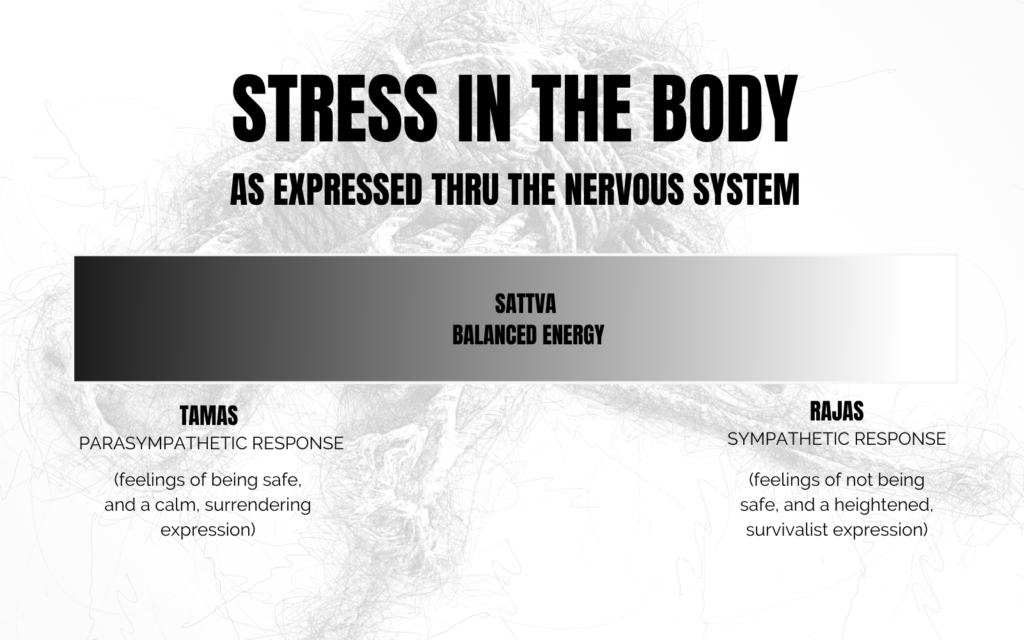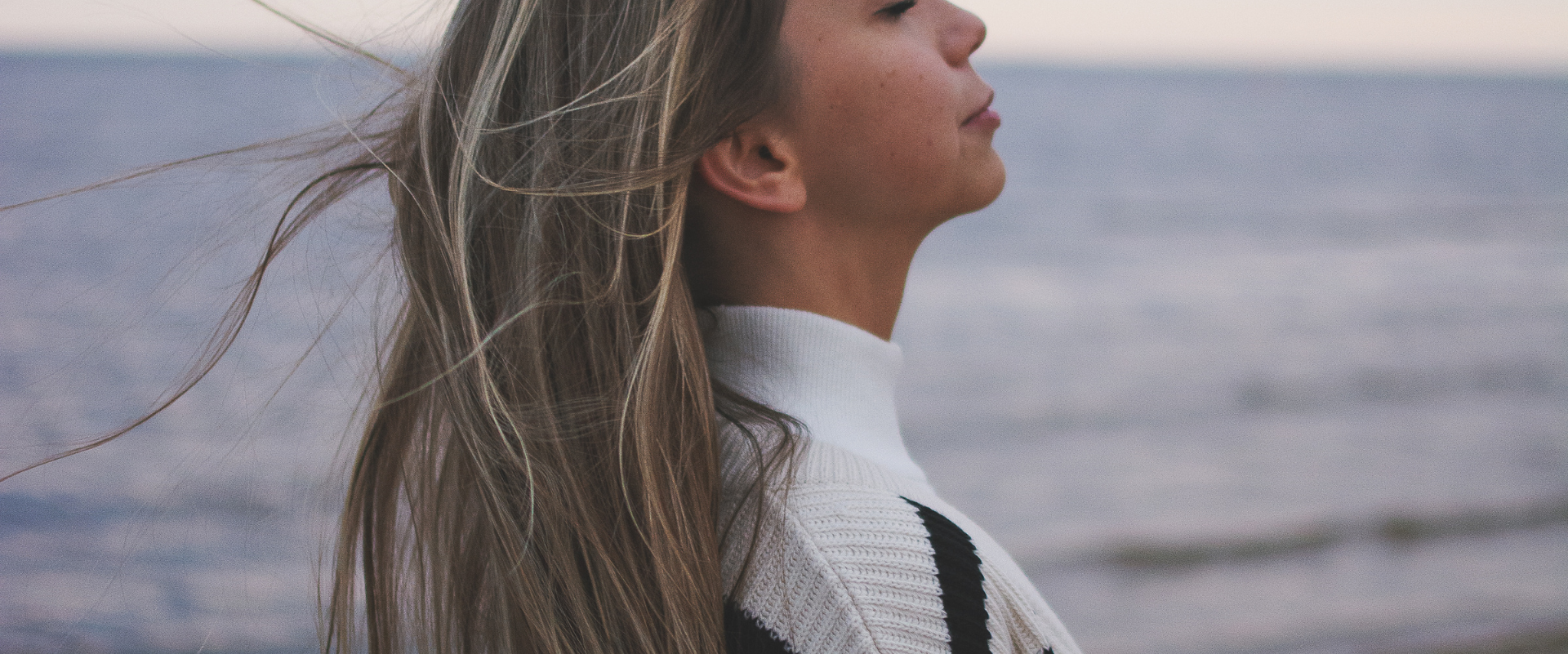Sustainable Mind and Positive Body Image
Feeling Safe in Our Bodies
It is an extraordinarily complicated mission to feel safe in our bodies.
Read that again, please.
It is an extraordinarily complicated mission to feel safe in our bodies.
What does that voice in your head say when you catch a glimpse of yourself in the mirror? Are the descriptions that come to mind gentle and kind? Are they flattering? Would you say those things to anyone else, besides yourself? For me, the honest truth to this answer is that I wish I could do all of those things, but seemingly, at times, I can’t. It’s not for lack of will, lack of trying, lack of effort, time, or dedication spent thinking about how to do those things and stop being so terrible to myself. But, despite these efforts, I still have a bully in my head.
What makes feeling safe in our bodies so complicated?
- The sensory cues that guide us into these varying states are specific to context and person. While one song may bring a sense of ease and calmness to one person, it has the potential and likelihood to be quite triggering for another. Same with words, touch, etc.
- For those of us with trauma, sexual or otherwise, being in the body hasn’t always been sunshine and rainbows. We’ve experienced a lot of pain in that space. It sometimes still hurts to be in that space – like we can’t quite shirk the pain we acquired there.
“Why the fuck would I go back there?”
Obviously, existing in a physical body, this is not a sustainable mindset.
And so, we are forced to reconcile the fluctuating needs, wants, and desires of body and mind (perhaps a practice of the three gunas), in the sometimes brutal battlefield of cultivating a positive body image.
Why is feeling safe so important?
Feeling safe is crucial to our emotional, mental, and physical well-being. It is absolutely mandatory in yoga, in kink, in our daily experiences and practices that we create safe spaces to fully express the magnitude of our being.
Safety is fundamentally foundational to any meditative practice – be it yoga, rope, seated or walking meditation, or even just having a really nice chat with someone we trust. If we don’t feel safe, thoughts of how to mitigate our risk will dominate, and these distracting thoughts and worries distract us from being truly present.
The sympathetic nervous system gets a bad rap.
Feeling safe is, largely, a matter of our nervous system response . Appropriately labeled, “fight-or-flight response“, the sympathetic nervous system is a rajastic, yang energy. It is quick-moving and tense. It is ready. It is the mental and physical experience of our body and mind readying to “fight” or, “flight”.
Often when we speak of the nervous system, we talk about orienting toward the parasympathetic, or “rest-and-digest”, response. Though, the sympathetic nervous system is absolutely useful and necessary. We just need to learn when it is appropriate and necessary and how to channel it when we need it.
Positive Body Image: A Yogic Practice
Last month, we discussed the earth element and how it correlates to feeling grounded in the body with regard to our asana practice.
This month, we take that knowledge and build on it with the practice of our pranayama, or breath work. Utilizing the breath, we are able to tap into that mind-body connection. The breath has often been referred to as a “hinge” between our external & internal worlds. By optimizing our respiratory system, we begin to generate awareness & elasticity in our nervous system. A consistent pranayama practice will yield fruits that allow us to better harness the fluidity of the breath to understand our own sometimes turbulent emotions & with that begin to turn our awareness inwards – from body, to mind and from form to energy. Join me as we explore diaphragmatic breathing and bandha work through our practice of the water element in an effort to bring us back to true presence.
To have poor body image is to place a disproportionate amount of our perceived value, as experienced through our self-esteem, on the thoughts that come to mind when we catch a glimpse of ourselves in the mirror. The practice of maintaining a bullshit-free mental voice is very much the practice of our shauca, or cleanliness – in this case, cleaning up the distracting mental noise of self-doubt and shame that prevent us from attaining true meditative presence, both with ourselves and with others.
Eating disorders have a tragic impact on our well-being and our relationships with both ourselves and others. Having poor body image and low self-worth can also result in other shame-oriented mindsets and a general hesitancy to authentically express our internal landscape outwardly.
What does feeling safe have to do with positive body image?

Okay, so what does all this have to do with rope?
If you or a loved one is struggling with an eating disorder, there are many resources to help you. National Eating Disorders Association (NEDA) is the largest non-profit dedicated to helping you & your family.






